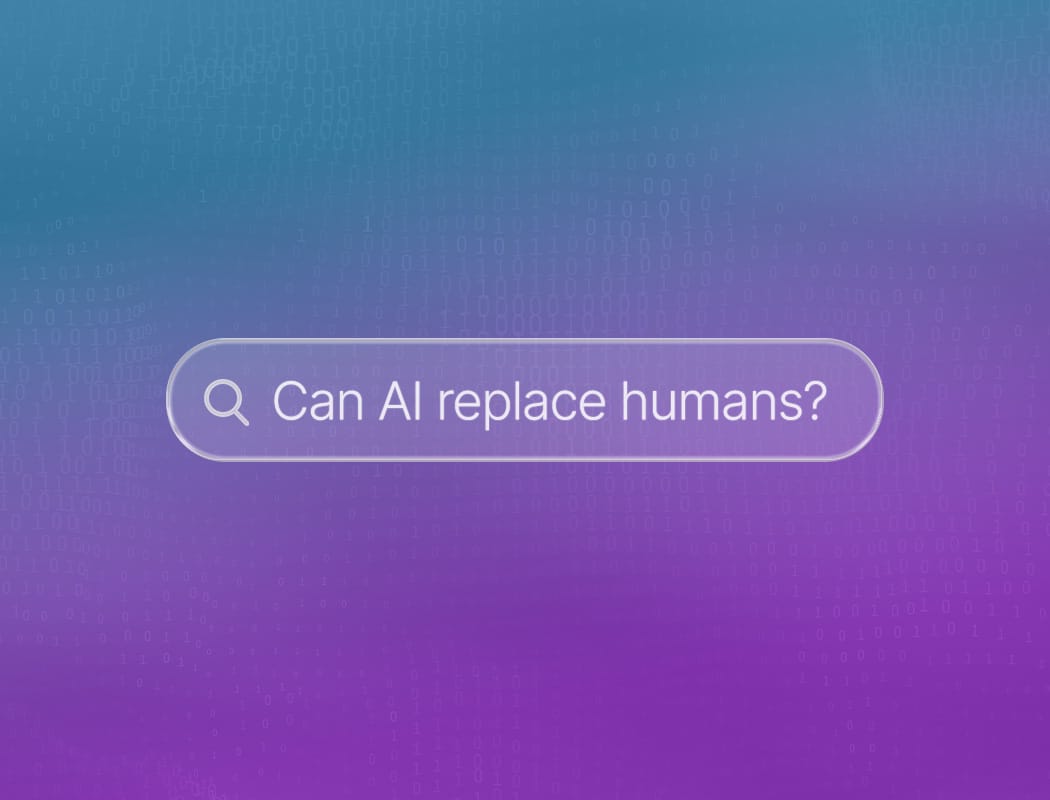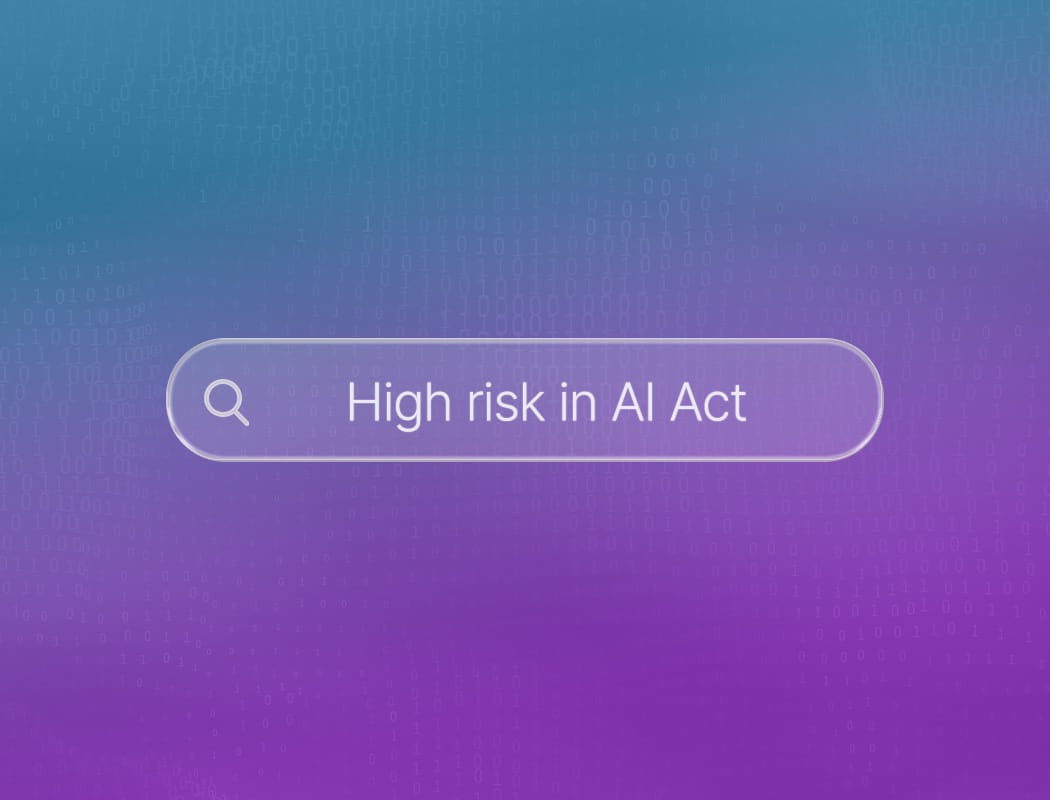Can AI replace humans?
The idea of AI replacing humans is both fascinating and a little unsettling. Machines can already do things that once seemed impossible, like writing stories or diagnosing diseases.
But there’s still something missing. Humans bring creativity, empathy, and intuition to the table, qualities that are hard to teach a machine. Sure, AI can automate tasks and make life easier, but it doesn’t dream or feel joy when solving a problem.
The conversation about AI replacing humans will keep evolving as technology grows. For now, people and machines work best together, each bringing something unique to the mix.
Looking at research in the job market, we find that the trend is similar. The main insight is that exposure does not mean replacement. Exposure can lead to new tasks, the replacement of tasks, and the complementing of tasks.
As of now, AI is not self-aware. This means it is limited to a certain range of thinking patterns. The ability to reflect on our own thought (a form of metacognition) is completely unique to humans and remains a skill that AI cannot easily replicate or replace.

Which tasks can AI perform instead of humans?
AI is no longer just a buzzword. It’s a practical tool that’s changing the way we work, live, and interact. From automating repetitive tasks to making complex decisions, AI replacing humans in certain roles is becoming more common every year.
But what exactly can AI do instead of people? Let’s break it down into four key areas where artificial intelligence is stepping in.
Data processing and analysis
AI excels at handling massive amounts of data. Imagine a human trying to sift through millions of rows in a spreadsheet. It would take days, maybe weeks. AI can do this in seconds. It identifies patterns, finds anomalies, and generates reports without ever needing a coffee break.
In industries like finance and healthcare, AI replacing humans in data-heavy roles means faster insights and fewer errors. This frees up people to focus on strategy and creative thinking.
Customer service and support
Chatbots and virtual assistants are now the first line of contact for many companies. They answer questions, resolve issues, and even help customers make purchases. AI replacing humans here means 24/7 availability and instant responses.
While bots can’t handle every situation, they’re getting better at understanding context and emotions. This allows human agents to step in only when a personal touch is truly needed.
However, when issues are complex or emotions run high, people often prefer speaking with a real person. Human agents provide empathy, reassurance, and nuanced understanding that bots still struggle to replicate.
Content creation and curation
AI tools are now writing articles, generating product descriptions, and curating news feeds. They analyze trends and audience preferences to deliver relevant content.
For businesses, this means producing more material in less time. AI replacing humans in these creative tasks doesn’t mean writers and editors are obsolete. Instead, it lets them focus on higher-level storytelling and strategy, while the machines handle the routine work.
Routine administrative tasks
Scheduling meetings, sorting emails, and managing calendars are all tasks that eat up valuable time. AI-powered assistants can automate these chores with impressive accuracy.
By taking over repetitive admin work, AI replacing humans allows teams to concentrate on projects that require critical thinking and collaboration. The result is a more efficient workplace where people can do what they do best—solve problems and innovate.
How does AI impact human job roles?
AI is changing the way we work, and it’s happening faster than most people expected. Some jobs are being automated, while others are evolving to include new tasks that only humans can do.
The conversation about AI replacing humans is everywhere, but the reality is more complex. In some cases, AI takes over repetitive or dangerous tasks, freeing up people to focus on creative or strategic work. In other cases, entire roles are redefined, with employees learning new skills to keep up with the technology.
Shifting responsibilities and new opportunities
When AI steps in, it often handles the routine parts of a job. Think about data entry, scheduling, or sorting through large amounts of information. These are the kinds of tasks where AI replacing humans makes sense, because machines can do them faster and with fewer mistakes.
But as these tasks disappear, new roles appear. People are needed to manage, interpret, and improve the AI systems themselves.
This means there’s a growing demand for skills like critical thinking, problem-solving, and creativity—things that AI still struggles with. Companies are investing in training programs to help workers adapt, so they can take on these new challenges.
The human touch remains essential
Even as AI becomes more advanced, there are limits to what it can do. Jobs that rely on empathy, communication, and personal connection are still best handled by humans.
For example, nurses, teachers, and counselors bring a level of understanding and care that AI can’t match. So while AI replacing humans is a real trend in some industries, the need for human insight and emotional intelligence ensures that people will always have a vital role to play in the workplace.
What are the limitations of AI in replacing humans?
AI is impressive. It can write, calculate, and even hold a conversation. But when it comes to replacing humans entirely, we saw that there are some clear limits.
AI can follow rules and patterns, but it struggles with the unexpected, the emotional, and the deeply creative. So, while AI is a powerful tool, it’s not ready to take over every job or decision just yet.
Understanding context and emotion
AI can analyze words, images, and numbers, but it doesn’t truly understand them. When you tell a story, share a joke, or express frustration, a human picks up on subtle cues—tone, body language, and cultural references.
AI, on the other hand, relies on patterns in its training data. If something falls outside those patterns, it gets confused. This means AI often misses the deeper meaning behind what people say or do.
It can’t comfort a friend, negotiate a tricky deal, or sense when someone needs help without being told directly. In short, AI lacks the emotional intelligence that guides so many of our daily interactions.
Creativity and adaptability
Humans are wired for creativity. We invent, improvise, and dream up new ideas from scratch. AI can remix existing information, but it rarely creates something truly original.
When faced with a brand-new problem, people can draw on experience, intuition, and imagination to find solutions. AI, meanwhile, needs examples to learn from. If it hasn’t seen a situation before, it’s likely to make mistakes or freeze up.
This makes AI great for repetitive tasks, but less reliable when things get unpredictable or require a leap of imagination. That’s where humans still have the edge.





